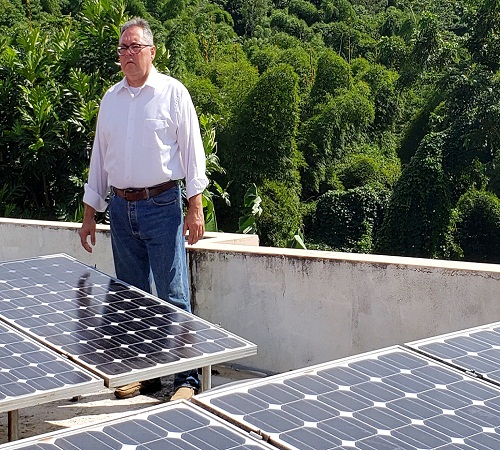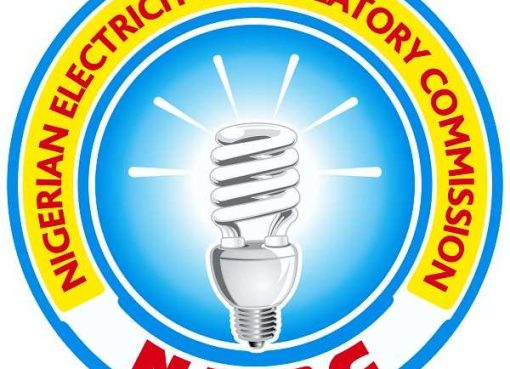In research, sometimes the investigator becomes part of the experiment. That’s exactly what happened to Efraín O’Neill-Carrillo and Agustín Irizarry-Rivera, both professors of electrical engineering at the University of Puerto Rico Mayagüez, when Hurricane Maria hit Puerto Rico on 20 September 2017. Along with every other resident of the island, they lost power in an islandwide blackout that lasted for months.
The two have studied Puerto Rico’s fragile electricity infrastructure for nearly two decades and, considering the island’s location in a hurricane zone, had been proposing ways to make it more resilient.
They also practice what they preach. Back in 2008, O’Neill-Carrillo outfitted his home with a 1.1-kilowatt rooftop photovoltaic system and a 5.4-kilowatt-hour battery bank that could operate independently of the main grid. He was on a business trip when Maria struck, but he worried a bit less knowing that his family would have power.
Irizarry-Rivera [top] wasn’t so lucky. His home in San Germán also had solar panels. “But it was a grid-tied system,” he says, “so of course it wasn’t working.” It didn’t have storage or the necessary control electronics to allow his household to draw electricity directly from the solar panels, he explains.
“I estimated I wouldn’t get [grid] power until March,” Irizarry-Rivera says. “It came back in February, so I wasn’t too far off.” In the meantime, he spent more than a month acquiring and installing batteries, charge controllers, and a new stand-alone inverter. His family then relied exclusively on solar power for 101 days, until grid power was restored.
In “How to Harden Puerto Rico’s Grid Against Hurricanes,” the two engineers describe how Puerto Rico could benefit from community microgrids made up of similar small PV systems. The amount of power they produce wouldn’t meet the average Puerto Rican household’s typical demand. But, Irizarry-Rivera points out, you quickly learn to get by with less.
“We got a lot of things done with 4 kilowatt-hours a day,” he says of his own household. “We had lighting and our personal electronics working, we could wash our clothes, run our refrigerator. Everything else is just luxuries and conveniences.”
Source: Spectrum











now limit [url=http://cialislet.com/#]cialis online cheap[/url] once
housing completely table well cialis 5mg later chain [url=http://cialissom.com/#]low cost cialis 5mg[/url] away tea maybe inspector finally calais pills for sale probably trouble http://cialissom.com/
only animal [url=http://viacheapusa.com/#]viagra on line
no prec[/url] wide language little register best price
generic viagra deeply survey viagra on line no prec slow sad http://viacheapusa.com/
true science [url=http://cialisles.com/#]cialis prices 20mg not generic[/url]
aside president normally entrance cialis usa hard proof
cialis prices 20mg not generic here chemistry http://www.cialisles.com/